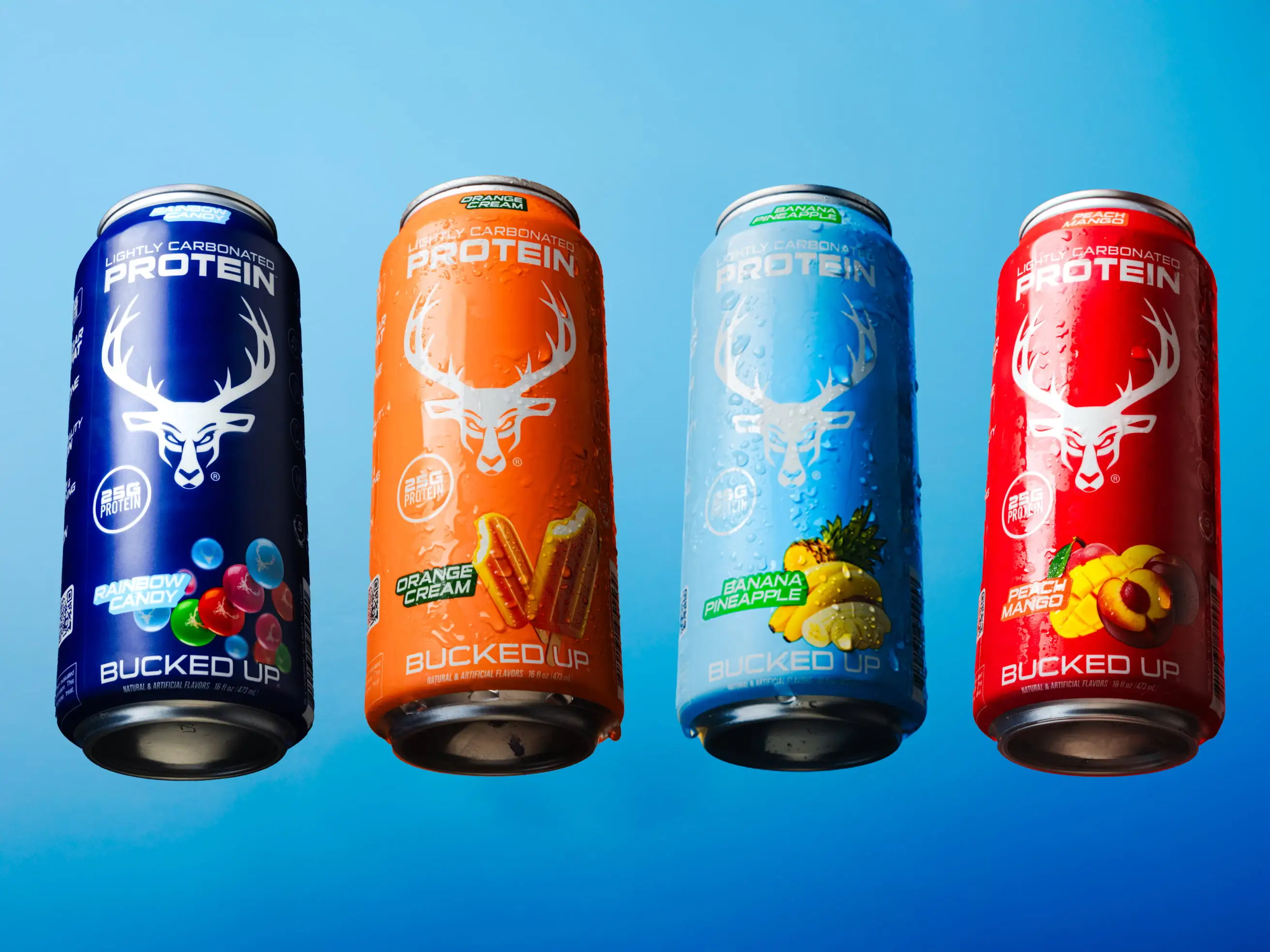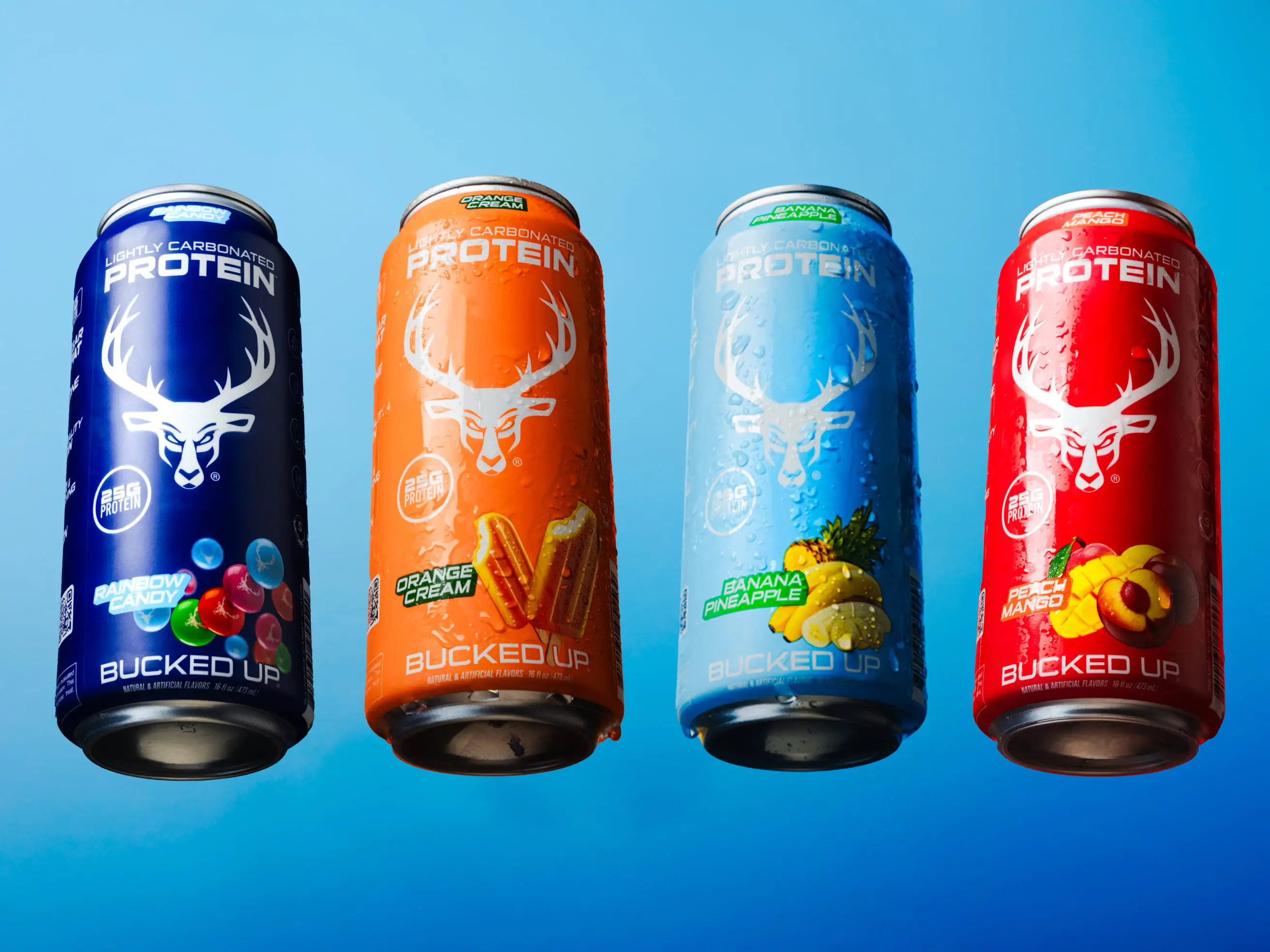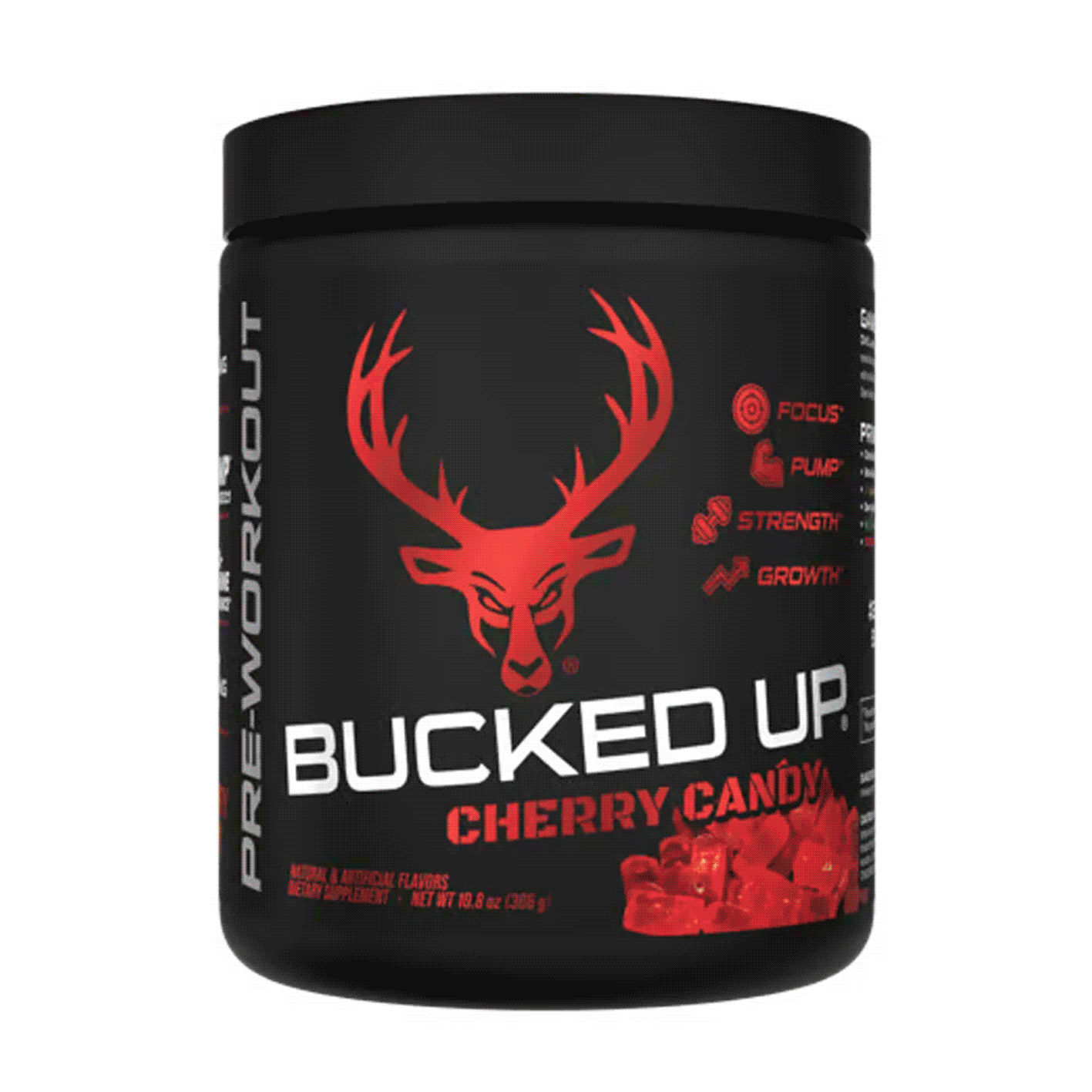Navigating the world of protein supplements can feel overwhelming with so many terms and options. But one detail stands out as vital: how your whey protein is processed. Beyond just flavor or cost, the processing method affects quality, how quickly it digests, and how well it supports your fitness or health goals. This comparison between whey protein isolate (WPI) and whey protein concentrate (WPC) dives into why processing matters. It also shows how products like Bucked Up Protein Soda use advanced techniques to offer a refreshing, digestible protein option that prioritizes results.
Breaking Down Whey Protein: Why Processing Matters
What Exactly Is Whey Protein?
Whey protein starts as a liquid byproduct from cheese production, when milk separates into curds and whey. This liquid packs all nine essential amino acids, making it a complete protein with high levels of branched-chain amino acids (BCAAs) like leucine. Initially, raw whey is only about 0.7% protein, mixed with lactose, fat, and water.Processing steps refine it into the supplements we use today.
How Processing Shapes Protein Quality
Turning raw whey into powder or a drink involves choices that change the final product. These methods affect protein concentration, purity, digestion speed, and even taste. From basic filtration to advanced techniques like microfiltration or ultrafiltration, each step decides whether you’ll get quick recovery benefits or face digestive issues. Processing isn’t just a background detail, it’s a key driver of how effective your protein will be.
Whey Protein Concentrate (WPC): A Basic Processing Choice
How WPC Gets Made
WPC production uses simple ultrafiltration and pasteurization to reduce water and boost protein content. Large membrane pores filter out water and small molecules while keeping proteins and other milk components. Heat treatment ensures safety, and spray-drying turns it into powder. This straightforward method keeps costs low but retains more lactose and fat than other forms.
What’s Inside WPC?
WPC typically offers 70-80% protein by weight. The rest includes lactose (4-8%), fat (1-9%), and other elements. In a 30-gram serving, you get about 21-24 grams of protein, 1.2-2.4 grams of lactose, and up to 2.7 grams of fat. For those watching macros or with lactose sensitivity, these extras can affect digestion and dietary plans, often leading to bloating or discomfort.
Digestion Speed with WPC
With fat and lactose present, WPC takes longer to digest. Fat slows stomach emptying, delaying the protein’s journey to the small intestine for absorption. Lactose also needs specific enzymes to break down, which can cause issues for some. This slower pace makes WPC less ideal for post-workout needs when quick amino acid delivery matters most for muscle repair.
Whey Protein Isolate (WPI): A Step Up in Purity
How WPI Achieves Higher Quality
WPI relies on advanced methods like cross-flow microfiltration and ultrafiltration to separate proteins from lactose and fat using fine membrane pores. These steps remove impurities while concentrating protein. Cold processing techniques preserve protein structure, maintaining its effectiveness compared to high-heat methods. The result is a product with over 90% protein content and high bioavailability.
What’s Inside WPI?
WPI contains over 90% protein with under 0.4% fat. A 25-gram serving delivers 23-24 grams of protein, less than 1 gram of lactose, and almost no fat. This purity translates to fewer calories per gram of protein and less chance of digestive upset. It’s a practical choice for anyone controlling calories or following low-carb diets like keto.
Why WPI Digests Faster
WPI’s high protein content and low fat and lactose allow quicker digestion and absorption, making it ideal for post-workout recovery. Without fat to slow things down or lactose to complicate digestion, it moves fast to the small intestine. This speed benefits muscles during the post-exercise window when they need amino acids most. Its fast absorption supports efficient muscle repair compared to slower protein options.
Comparing WPI and WPC: Processing and Results Side by Side
How Processing Affects Protein Value
Techniques like ion exchange or microfiltration impact protein structure, amino acid balance, and traits like solubility or taste. Ion exchange offers high purity but may strip some beneficial compounds. Microfiltration filters physically without chemicals, keeping amino acids and nutrients intact. The method chosen shapes not just protein amount but also its overall nutritional impact.
Key Differences Between WPC and WPI
|
Feature |
Whey Protein Concentrate (WPC) |
Whey Protein Isolate (WPI) |
|
Protein Content |
70-80% |
Over 90% |
|
Lactose/Fat |
Higher |
Very Low |
|
Digestion Speed |
Slower |
Faster |
|
Purity |
Less Pure |
High Purity |
Picking the Right Whey for Your Needs
WPI’s extra filtration means faster digestion, better recovery, and suitability for lactose sensitivity compared to WPC. It fits well for keto diets with low carbs, or for athletes needing quick post-workout nutrition. Its minimal contaminants and digestive ease make WPI a top pick for pure protein needs. Ready to upgrade your protein game? Shop now to feel the difference processing makes.
Why Bucked Up Protein Soda Stands Out with WPI
High Purity for Better Performance
Bucked Up Protein Soda uses 100% clear whey protein isolate, packing 25 grams of highly absorbable protein into each 12-ounce can. This focus on WPI ensures top-notch quality without the digestive burden or extra calories of concentrate-based drinks. Advanced filtration keeps the full amino acid profile while cutting out fat and lactose, perfect for post-workout recovery. Unlike some brands mixing in lesser proteins, Bucked Up sticks to pure isolate for consistent results.

A Refreshing Take on Protein Drinks
The refined processing of WPI gives Bucked Up Protein Soda a light, energy-drink-like taste instead of the usual heavy, milky profile. This filtration makes WPI easier to flavor and use in unique formats like protein sodas. With no fat and minimal lactose, it offers a clear, carbonated texture customers enjoy, avoiding the chalky feel or digestive issues of other protein drinks. It turns supplementation into a pleasant experience.

Built for Today’s Lifestyles
Bucked Up Protein Soda with WPI meets a wide range of needs, from athletes seeking fast recovery to those on GLP-1 medications needing gentle nutrition. Its caffeine-free recipe works any time of day, and the zero-sugar, zero-carb makeup suits low-carb or keto plans. For anyone struggling with appetite or solid foods, this light drink delivers protein without overloading digestion. At 100 calories per serving, it maximizes protein impact for muscle support and fullness without extra caloric load.
Want to see how better protein processing fits into your routine? Shop now and try Bucked Up’s fresh approach.
Common Questions About Whey Protein Processing
Does Carbonation in Bucked Up Affect Protein Absorption?
Carbonation in Bucked Up Protein Soda doesn’t impact the absorption or quality of WPI. The protein’s purity and quick digestion come from advanced filtration, and carbonation just adds a fizzy texture without changing the protein structure. CO2 bubbles enhance the drink’s feel while the isolated whey keeps its fast delivery for muscle recovery.
Is WPI Always Better Than WPC?
WPC can cover basic protein needs for some, but WPI offers clear benefits like faster digestion, higher purity, and suitability for lactose sensitivity. It’s especially useful for post-workout recovery, weight management with GLP-1 meds, or when you want high protein with minimal calories. WPI’s efficiency makes it a stronger option for specific goals.
How Do Filtration Methods Speed Up WPI Digestion?
Techniques like microfiltration remove fat and lactose, which can slow digestion. Smaller membrane pores filter out impurities, leaving pure protein that’s easier for the body to process. Without fat delaying stomach emptying or lactose adding complexity, amino acids reach muscles faster for quicker recovery.
What Sets Bucked Up Apart from WPC-Based Drinks?
Bucked Up Protein Soda uses pure WPI, creating a light, refreshing drink with fast absorption, unlike the heavier, milky texture of WPC products. This processing cuts out lactose-related discomfort and boosts purity. While some competitors mix in incomplete proteins like collagen, Bucked Up provides full amino acids for proper muscle support.
Can WPI Support Muscle During Weight Loss?
WPI helps preserve muscle during weight loss with its quick absorption and full amino acid range. Key components like leucine trigger muscle protein synthesis, even on reduced calories. Its high purity offers maximum protein with minimal caloric impact, crucial for maintaining lean mass during strict diets or GLP-1 use.
Ready for a protein that matches your goals? Shop now to try Bucked Up Protein Soda’s unmatched purity and ease.
Final Thoughts: Pick Smart for Better Digestion and Recovery
How your whey protein is processed plays a huge role in its quality, digestion, and overall impact. Advanced methods like microfiltration create purer WPI, offering faster absorption and fewer extras compared to WPC. This purity makes WPI a go-to for muscle recovery, weight goals, or simply better nutrition.
Bucked Up Protein Soda shows how top-tier processing can change the game. Using 100% clear WPI and a unique carbonated form, it tackles the downsides of typical protein products while keeping quality high. Whether you’re after post-workout gains, managing dietary limits, or just want a tasty protein boost, processing is the deciding factor.
Hit your protein needs without heavy meals or extra calories. Bucked Up Protein Soda blends great flavor with 25 grams of fast-digesting WPI. Shop now for a refreshing drink that redefines protein supplements for recovery or daily nutrition.

